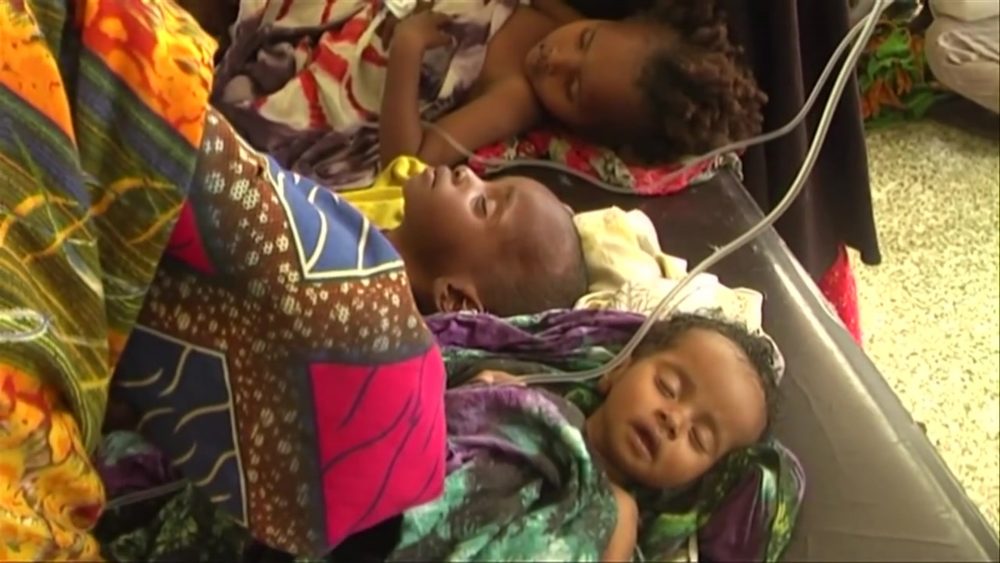Cholera
Cholera is an acute diarrheal infection caused by ingestion of food or water contaminated with the bacterium Vibrio cholerae. It has a short incubation period, ranging between two hours and five days.
The bacterium produces an enterotoxin that causes a copious, painless, watery diarrhoea that can quickly lead to severe dehydration and death if treatment is not promptly given. Vomiting also occurs in most patients.
It affects both children and adults and can kill within hours. Person-to-person transmission is not common.
Among people who develop symptoms, about 80-90% of episodes are of mild or moderate severity and are difficult to distinguish clinically from other types of acute diarrhoea. Less than 20% of ill persons develop acute watery diarrhoea with moderate or severe dehydration.
People with low immunity, such as malnourished children or people living with HIV, are at greater risk of death if infected. Cholera remains a public health threat in the Region and is one of the key indicators of social development. While the disease no longer poses a threat to countries with minimum standards of hygiene, it remains a challenge to countries where access to safe drinking water and adequate sanitation cannot be guaranteed.
For this reason, a multidisciplinary approach based on prevention, preparedness and response, along with an efficient surveillance system is key to mitigating cholera outbreaks, controlling cholera in endemic areas and reducing deaths.
Cholera is an infectious disease that causes severe watery diarrhoea, and can lead to dehydration and kill within hours if left untreated. People with low immunity – such as malnourished children or people living with HIV – are at a greater risk of death if infected.
The symptoms of cholera include diarrhoea, nausea and vomiting, and severe dehydration. Diarrhoea due to cholera often has a pale, milky appearance that resembles water in which rice has been rinsed, also known as rice-water stool.
The signs and symptoms of cholera in children are similar to adults but they may also experience fever, extreme drowsiness, convulsions or even coma. Only about 1 in 10 infected people develop the typical signs and symptoms of cholera, usually within a few days of infection.
The disease is most common in places with poor sanitation, urbanization, conflict zones and famine. Effective ways to protect yourself is using water that has been boiled, water that has been chemically treated, or bottled water.


